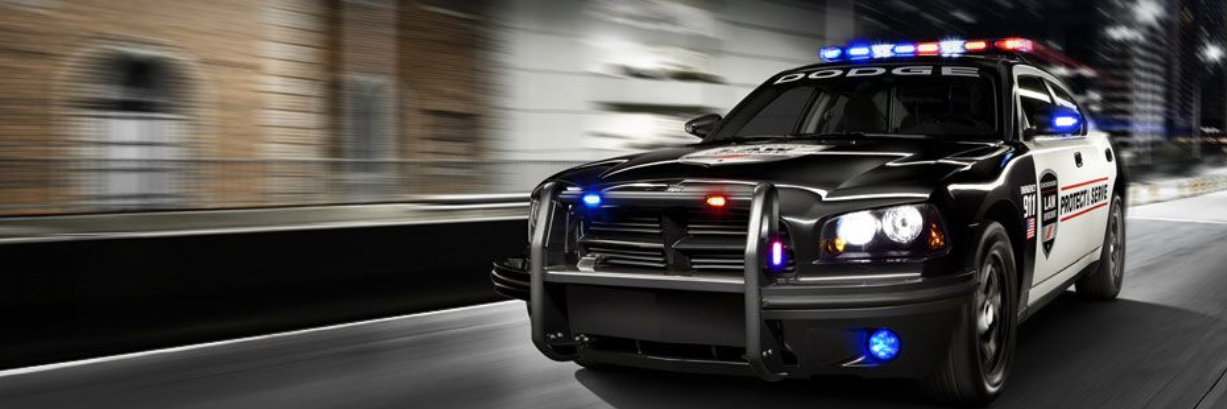 KANSAS CITY, Mo. – A December crash that injured a Kansas City police officer whose car was broadsided by a suspected drunken driver has the city’s policed department confronting the reality that some officers don’t buckle up while on duty.
KANSAS CITY, Mo. – A December crash that injured a Kansas City police officer whose car was broadsided by a suspected drunken driver has the city’s policed department confronting the reality that some officers don’t buckle up while on duty.
Video from Officer Serge Grinik’s patrol car shows that his head likely slammed into the head of his partner. Neither officer was wearing a seatbelt.
The Kansas City Star reported Sunday that the wreck was one of several recent accidents that injured officers who were unrestrained. Even though shunning a seatbelt violates state law and departmental policy, some officers say they won’t buckle up because they’re afraid their gun will get tangled up with the seatbelt.
That’s no excuse, said Police Chief Jim Corwin.
“Of all the people in the world, we should be the first ones to understand that seatbelts do save lives,” he said.
The National Highway Traffic Safety Administration found in a recent study that at least 42 percent of police officers killed in vehicle crashes across the country over the last 30 years were not properly restrained.
It also found that for the 13th straight year, traffic crashes were the leading cause of death for officers last year.
Kansas City and the police departments of many other cities don’t track seatbelt usage by officers. That means there’s no way of knowing how many of the Kansas City officers involved in 195 wrecks last year were wearing their seatbelts.
Most officers said they buckle up in their own cars, but some said they avoid them at work because they fear the belt will keep them from getting to their guns or out of their cars quickly. They also worry that the belts will prevent them from being able to duck down if they need to avoid gunfire.
Two Kansas City officers ambushed in separate incidents in recent years said they would have been shot to death if they had been wearing their seatbelts. Instead, each was able to duck down inside the car to avoid being hit.
Grinik’s attorney, Mike Yonke, said the officer always wore his seatbelt on duty until an incident about three months before his crash in which a man who appeared to have a gun walked up to his car. Grinik tried to get out of the car when his gun got tangled in his seatbelt, but fortunately his partner was not buckled in and jumped out of the car to subdue the suspect.
“He (Grinik) said he’d rather risk being hurt in a wreck than be executed in his car,” Yonke said.
Grinik suffered a fractured pelvis and broken shoulder and spent four days in a hospital after the suspected drunken driver ran a stop sign Dec. 5 and slammed into the side of his patrol car.
Now he’s back to work on limited duty, and is fighting for full workers’ compensation benefits.
Yonke said police officials cut Grinik’s benefits in half – as allowed under Missouri law for workers who fail to use safety devices – and want Grinik to pay for half of his medical costs.
The attorney said he believes Grinik’s worst injuries would have happened with or without a seatbelt.
“His injuries were from the side impact,” Yonke said.
Deputy Chief Cy Ritter said that when he was a new patrol officer, nobody wore seatbelts, but by 1990 the department had a rule requiring officers to buckle up.
Ritter and Corwin said they can relate to the concerns of officers, but won’t condone the behavior of those who don’t wear seatbelts.
“I’ve been to more police funerals than I’d like,” Corwin said. “Cars kill more police officers than guns.”
Read the PDI Response to this Article: What Are We To Do?
Related Links:

Leave a Reply